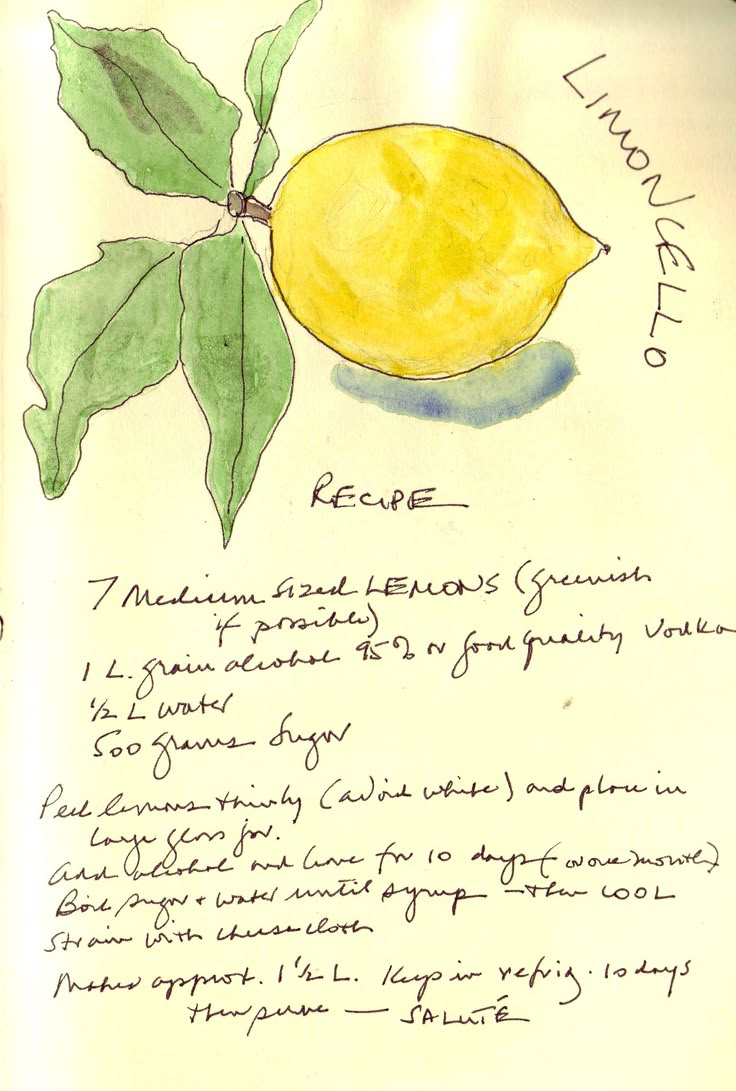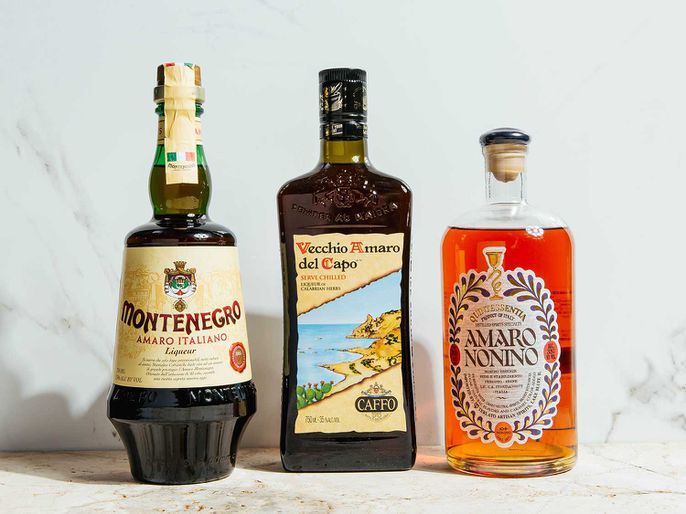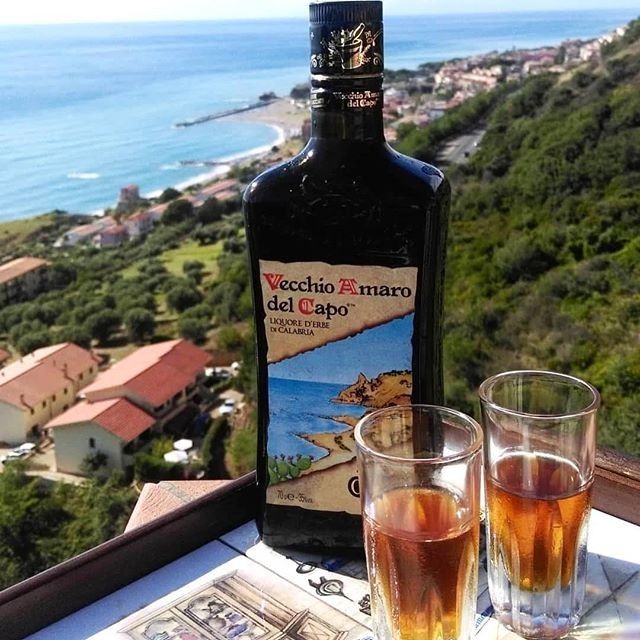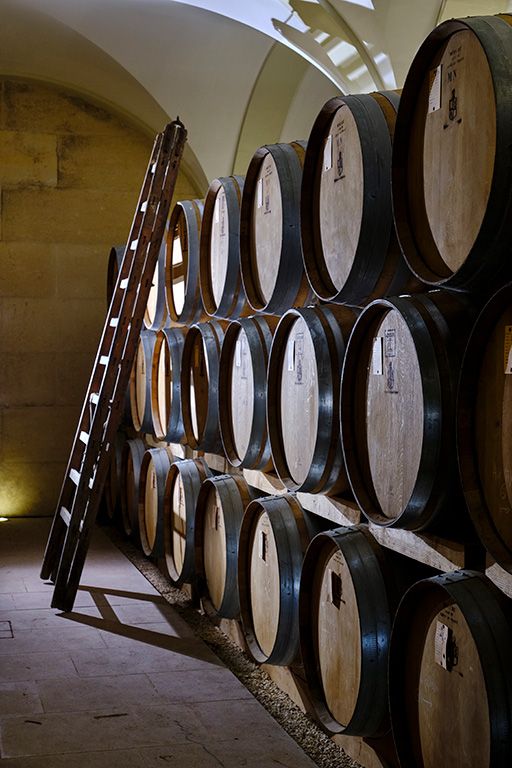The power of the Digestivo

The much adored "aperitivo" or "aperitif"
The power of the Digestivo
By Antonia Fest
May 05, 2025
The much adored ‘aperitivo’ or ‘aperitif,’ is known, loved and practiced the world over. Deriving from the Latin ‘aperire’ meaning to open, groups will gather for a pre-dinner tipple to stimulate the appetite through an enticing alcoholic beverage. If this is the overture to the meal, the digestivo or digestif is the final act. As the name suggests, the purpose of this eye-wateringly strong drink, is to aid in digestion after an indulgent, hearty feast.
Whereas the aperitivo tends to comprise in a choice of tempting cocktails (commonly, the Aperol Spritz or Negroni in Italy, or the Kir Royale in France), the digestivo is typically served straight up, and is no more than the quantity of a shot (though don’t make the mistake of downing it one go! This drink must be sipped and savoured). They are highly alcoholic spirits or liqueurs often combined with regional herbs and spices that are associated with digestion.


In a typical digestivo drinks cabinet, many bottles will derive from the Mediterranean lands. Southern European restaurants will always have a healthy stock of their nation’s post-dinner drinks and it is not uncommon to be offered a digestivo on the house as one final gesture of hospitality before the bill arrives.

We simply cant move past Italian digestivi without a taste of arguably its most famous: the sunny limoncello encapsulates the country’s hospitality and vibrancy. Born along the Neapolitan coastline where lemons grow in perpetual abundance, unsurprisingly, the principal ingredient of limoncello is lemon zest. This is mixed with water, alcohol and sugar; officially, it can only be made from Amalfi lemons but most regions will capitalise on their own citrus varieties which can create distinctions in taste and acidity. Indeed, many households will also produce their own to last through the year at family meals.
If you cant quite stomach it in its pure form and so late night, its spritz form is the perfect aperitivo. Simply switch the Aperol for limoncello and you have a refreshing pre-dinner option!
The French digestif follows similar suits to its Italian neighbour. Their versions are equally alcoholic and aromatically spiced, tweaked somewhat to their own tastes and local produce. Typical digestifs to round off the evening with are brandies such as Cognac or Armagnac both boasting a minimum of 40% alcohol content.


Similar to champagne, Cognac is named after the region it derives from. Its intense flavour is owed to the aging process (2 years in an oak barrel) and its combination with older Cognacs to add complexity and layer. The result is a sweet, honey-coloured liquid served in a bulbous stemmed glass at room temperature and after an indulgent French dessert like chocolate souffle or crème brulee.
On first glance, Armagnac does not seem dissimilar to Cognac but it differs in its production method, ingredients and even region. Where western Cognac is double-distilled, south-western Armagnac goes through the process just once although its aging process is longer. What is more, Cognac almost exclusively uses one grape variety whereas Armagnac allows for a mixture. The result of this different approach is a flavour entirely different to Cognac. Armagnac has an earthier, punchier and spicier flavour profile.

Hopping across the Med, digestivo traditions continue to thrive. Greek versions are perhaps the least known among the world stage. Aside from the famous ouzo, a fairly divisive spirit originally harking from the island of Lesbos, other Grecian digestivi like Tsiporou and Mastiha seem to be predominantly enjoyed by locals.
Tsipouro, made from Grecian wine and twice distilled to bring the alcohol content to 40%, is an adored digestive on Mainland Greece (the island version is raki, which originally comes from Crete) although it is not only reserved for the end of meals. Instead of wine, many will accompany Tsipouro with their food or enjoy it beforehand. After all, it is one of the most accessible liqueurs in the country and many Grecians will also make it at home and store in plastic bottles for their anytime use.
By strong contrast, the sweet Mastiha made from the resin of the native evergreen mastika tree, is a beloved after dinner drink and one Greece’s most elusive. The mastika grows exclusively on the small island of Chios in the North Aegean, making its production level limited and its bottles difficult to obtain. The tree’s bark is scraped away allowing its sap to flow down from the tree – this is known as Mastika’s tears which dry under the sun and are then harvested and cleaned by hand. These hardened tears are the principal ingredient in the digestivo which is usually served ice cold after a heady meal.


Wherever it is that you jet off to in the Mediterranean this summer, keep your eyes and minds open to the after-dinner traditions of each country. Whilst the digestive qualities of the digestive/digestif might not be scientifically proven, they are undoubtedly a way of connecting closer with the culture, customs and community of the southern European lands.







